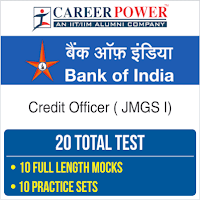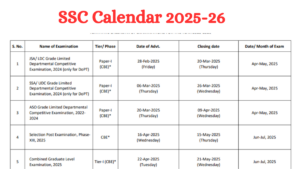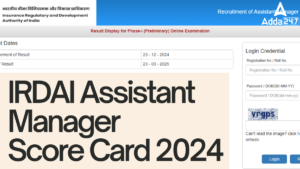Directions (1-5): Study the following information carefully and answer the following questions.
2 @ Q E # 9 1 ! E ! 2 $ I 7 Y 4 * T 9 G & V 5 H % O 7 S A &
Q1. How many such consonants are there in the above arrangement, each of which is immediately preceded by a number and immediately followed by a vowel?
(a) None
(b) One
(c) Two
(d) Three
(e) More than three
Q2. How many such alphabets are there in the above arrangement each of which is immediately preceded by a symbol?
(a) None
(b) Five
(c) Seven
(d) Six
(e) None of these
Q3. Which of the following is the six element to the right of the tenth element from the right end of the above arrangement?
(a) %
(b) O
(c) 7
(d) S
(e) None of these
Q4. Which of the following is the fourth to the right of the twelfth from the left end of the above arrangement?
(a) 4
(b) Y
(c) *
(d) T
(e) 1
Q5.If all the symbols in the above arrangement are dropped, then which of the following will be the Ninth from the left end?
(a) 7
(b) 9
(c) U
(d) E
(e) Q
Directions (6-10) Study the following information carefully and answer the following questions.
946 356 751 389 658
Q6. Which will be the highest number if all the digits of the numbers are arranged in decreasing order within the number?
(a) 658
(b) 946
(c) 389
(d) 751
(e) 356
Q7. What will be the sum of third digit of the lowest number and the first digit of the highest
number if the 1st and 3rd digit of all the numbers are interchanged ?
(a) 15
(b) 11
(c) 4
(d) 16
(e) none of these
Q8. What will be the difference between the sum of the digits of the last two numbers and the sum of the digits of the first two number?
(a) 9
(b) 6
(c) 5
(d) 7
(e) 4
Q9. What will be the 2nd digit of the 2nd lowest number if one is subtracted from the odd digits of all the number and one is added to the even digits of all the numbers?
(a) 4
(b) 5
(c) 9
(d) 2
(e) None of these
Q10. Sum of first and third digit is the highest for which number?
(a) 356
(b) 389
(c) 751
(d) 658
(e) 946
Directions (11-15): In each of the questions given below, a group of digits is given followed by four combinations of letters/ symbols numbered (a), (b), (c) and (d). You have to find out which of the four combinations correctly represents the group of digits based on the letter/ symbol codes and the conditions given below. If none of the four combinations represents the group of digits correctly, give (e) i.e. ‘None of these’ as the answer.
Digit 5 7 6 2 9 1 3 8 4
Symbol N & # + * ∆ % @ $
Condition for coding the group digits:
(i) If the first digit is even and last digit is odd, the codes for the first and the last digits are to be interchanged.
(ii) If the first as well as the last digit is even, both are to be coded by the code for the first digit.
(iii)If the first as well as the last digit is odd, both are to be coded by the code for the last digit.
Q11. 1111993
(a) ∆∆∆∆**%
(b) %∆∆∆∆*%
(c) ∆∆∆∆%%∆
(d) %∆∆∆**%
(e) None of these
Q12. 972486
(a) #&+$@#
(b) *&+@$#
(c) *&+$@#
(d) *&+$@*
(e) None of these
Q13. 857624
(a) @N&#@+
(b) @N#&+@
(c) @N&#+$
(d) $N&#+$
(e) None of these
Q14. 634567
(a) &%$N#&
(b) #%$N&#
(c) &%$#N#
(d) &%$N##
(e) None of these
Q15. 178524
(a) ∆&@N$+
(b) ∆&@N+$
(c) $&@N+$
(d) ∆&NN+$
(e) None of these






 The Hindu Review October 2022: Download ...
The Hindu Review October 2022: Download ...
 SSC Calendar 2025-26 Out, Check SSC CGL,...
SSC Calendar 2025-26 Out, Check SSC CGL,...
 IRDAI Assistant Manager Score Card 2024 ...
IRDAI Assistant Manager Score Card 2024 ...




